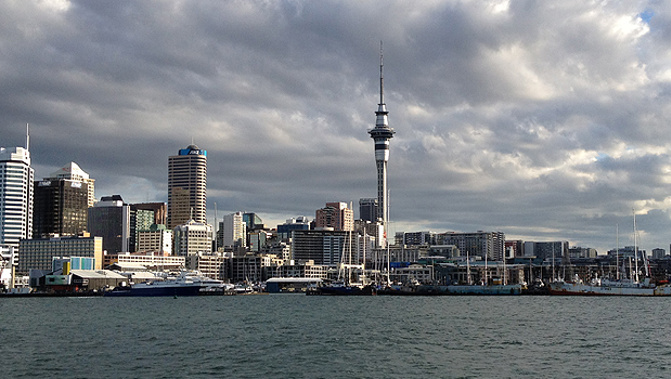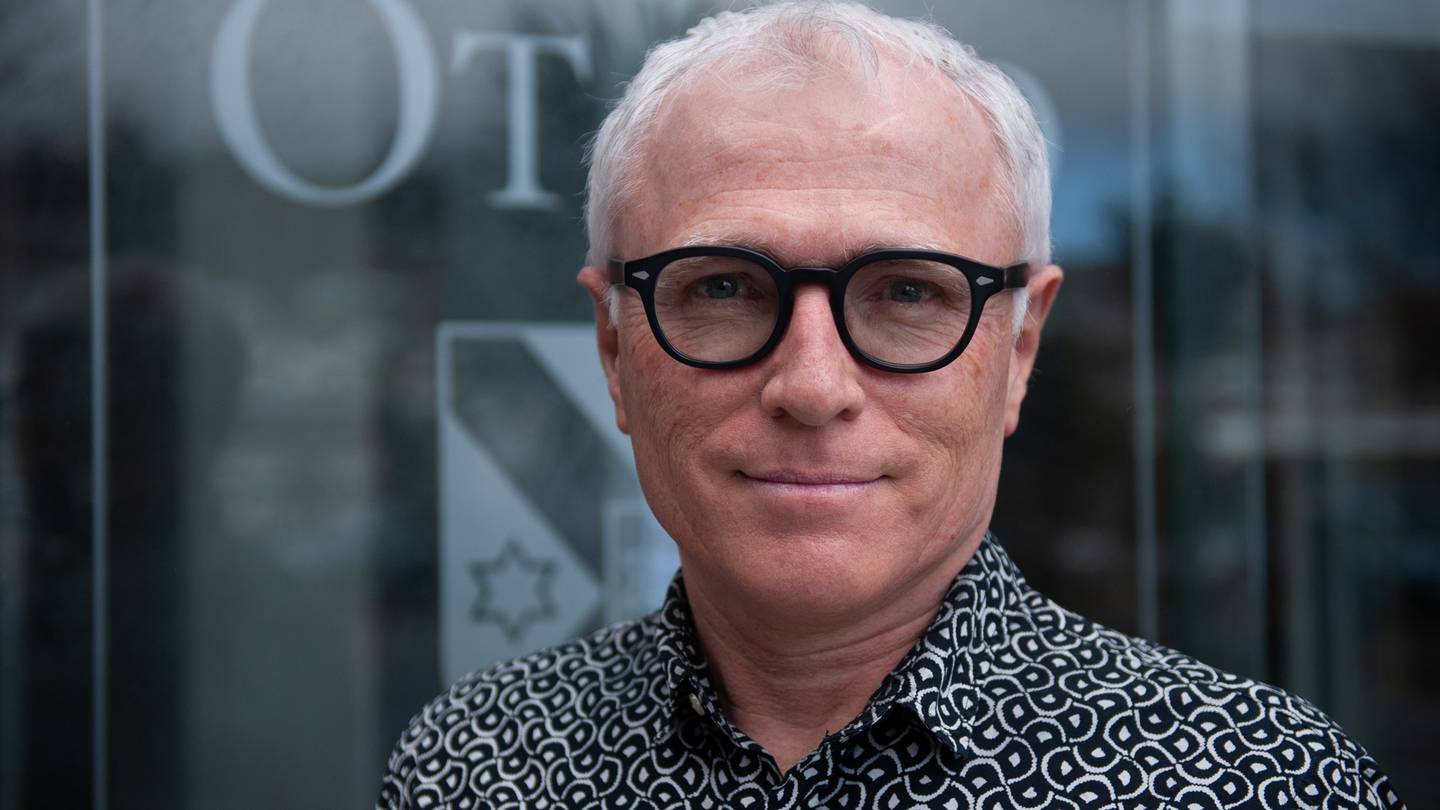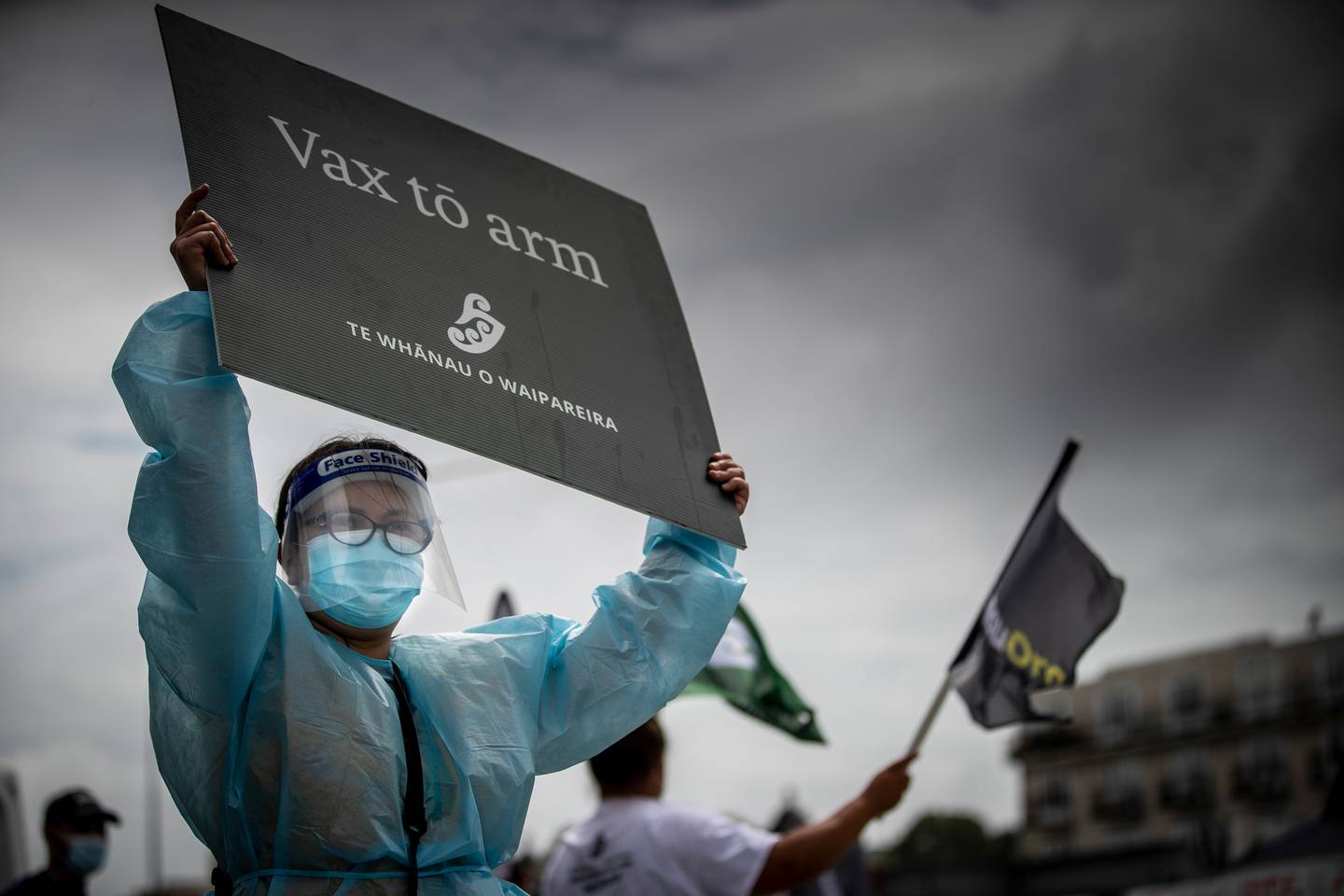
Auckland has the highest number of new community cases and the lowest booster shot uptake, prompting one expert to urge those living in our largest city to get their third jab as soon as possible.
There were 1901 new cases of Covid-19 in the New Zealand community yesterday, nearly two-thirds detected in Auckland.
Of the 11,601 active cases across the country, 76 people were in hospital - none in intensive care or high dependency units.
But while the Omicron outbreak is growing fastest in Auckland – 1240 new cases were announced yesterday – the city's three district health boards have the lowest booster rate across New Zealand, at 62 per cent of eligible people aged over 12.
Waikato, where 249 new cases were announced yesterday, was also at 62 per cent eligible population boosted.
Nationally, the boosted rate for eligible people aged over 12 is 65 per cent - accounting for the more than 2.1 million booster jabs given, including more than 25,000 on Friday.
The Ministry of Health is now reporting the percentage of eligible people who have received a booster, by district health board area, to encourage uptake.
By contrast, 73 per cent of eligible over-12s in Nelson-Marlborough, where 40 new Covid-19 cases were detected yesterday, have received their booster.

Now's the time to boosted, epidemiologist Michael Baker says of eligible – but as yet unboosted – Kiwis, especially those in Auckland. Photo / Supplied
The Auckland figures were concerning, said University of Otago epidemiologist, Professor Michael Baker.
"The No. 1 action people can take to minimise their risk of having a poor outcome from getting this infection is to get their booster.
"Without the booster you don't get a great deal of protection against getting infected. You're still well-protected against serious outcomes, but you need that booster to restore your level of antibody protection against the Omicron variant.
"That's the reason it's transmitting so well in New Zealand and other places, because of its ability to evade immune-protection."
Reducing the chance of getting infected also helped others, including those still ineligible to be vaccinated or boosted, Baker said.
Auckland and Waikato were the only areas to break triple digits for new community cases yesterday, but some areas are getting closer.
Community cases of Covid-19 are now in every region, according to figures released by the Ministry of Health.
Regional numbers yesterday were: Northland (33), Bay of Plenty (66), Lakes (11), Hawke's Bay (22), MidCentral (12), Whanganui (10), Taranaki (10), Tairāwhiti (12), Wairarapa (17), Capital and Coast (38), Hutt Valley (31), Canterbury (40), South Canterbury (2), West Coast (1) and Southern (65).
The origin region of two cases was unknown.
Auckland's lower booster rate likely wasn't driving its growing outbreak - the city's problem was it was seeded with the virus earlier, Baker said.
"Now it's got a head start of one to three weeks on the rest of the country.
"The level of booster coverage is rising across the country every day, including in Auckland, but it's even more important people get boosted there, because the numbers are doubling very rapidly – maybe every four days at the moment."
Four days ago, the number of new community cases nationally was 1160, just over 61 per cent of yesterday's total.
Current numbers would likely increase by almost 10 times in two weeks.
New infections were occurring all the time, but wouldn't be translated into cases until a week later, on average, Baker said.
And likely only one in five infections were causing enough symptoms to prompt someone to get tested.
"All the measures [show] there is a very high level of infection now in the Auckland population, and it's catching up across the country."
Yesterday's new community cases fell slightly on the previous day's 1929. The seven-day rolling average is 1232.
Just over 30,640 people were tested for Covid-19 in the 24 hours before yesterday's numbers were announced, an increase on the seven-day rolling average of daily tests of 26,399.
Fourteen new cases were also detected at the border yesterday, five historical.

This was the message at a Waipareira Trust pop-up vaccination site in December. It's still true today, with only 65 per cent of Kiwis eligible for their booster shot having taken it up. Photo / Michael Craig
The average age of those in hospitals spread across the North Island from Northland to Tairāwhiti was 59.
Meanwhile, under phase 2 of the Omicron outbreak, those testing positive would be texted from the number 2328, the ministry said.
The text would contain an access code and link to the contact tracing form to complete – as soon as possible to alert others potentially exposed - and information, including about self-isolation.
Most people with Omicron would suffer mild illness and not need additional support, but anyone who did would be helped, the ministry said.
The most common early Omicron symptom was a cough, followed by a sore throat.
To prevent delays in testing and results, only those with cold or flu symptoms, those who have been identified as a close contact of a case or those asked to get tested by a health official should be doing so.
Take your Radio, Podcasts and Music with you









